Compact fluorescent bulbs come in a range of color temperatures, and they are also energy-efficient, but they also have problems.
- The bulbs change color over time
- You will notice a longer warming period, between 10 to 30 seconds
- The bulbs contain mercury
CFL bulbs are not going away overnight, so you can stop worrying about immediately replacing all of your lighting. With a gradual phaseout of the lamps underway by manufacturers, it is something you will need to consider.
What are CFLs?
The CFL bulb hit the market in the 1980s as a replacement for incandescent lamps. Their energy-saving capabilities made the bulbs popular with consumers.
Unlike linear fluorescents, CFLs work with most incandescent light fixtures. CFLs were a cost-effective way for businesses to reduce energy usage without replacing their existing lighting system. The spiral-designed bulbs fit E26 sockets, and you could also find ones with a bi or quad-pin base.
Types of CFL Bulbs
There are two types of compact fluorescent bulbs, non-integrated and integrated ballasts.
Non-integrated CFL ballasts are known as plug-ins. The ballast is separate from the bulb with a 2 or 4-pin base.
With an integrated CFL ballast, the bulb screws easily into the socket. The ballast is part of the bulb.
You may also notice the ballasts for integrated bulbs are smaller for CFLs. It was a challenge manufacturers faced when they were designing CFL bulbs.
Upgrade Options from CFL to LED
It is easy to switch back to incandescent bulbs as CFLs become harder to find, but you are losing out on energy savings.
Incandescent bulbs are also being phased out. California and other states are placing energy requirements on lighting products that incandescent bulbs cannot meet.
CFLs vs LEDs
Compact fluorescent bulbs are more energy-efficient than halogen and incandescent products. Previously, CFLs were preferable to LEDs. The price difference was noticeable, but this has changed. LED prices have dropped and in some cases are the more affordable option.
LED bulbs also use less energy and last twice as long as CFL products.
There are many benefits to retrofitting your CFLs to LED. In our blog CFL vs. LED we take an in-depth look at the two lamps and compare, performance, maintenance expenses, energy savings, product costs, and so much more.
Switching to LED from CFL: How to Find the Best Product
Working with the right provider ensures it is easier and more cost-effective than you think to switch to LED from CFL lighting. Your provider can help you find the right LED option when the CFL bulbs normally used are no longer in stock.
Switching from LED to CFL doesn’t have to be a problem, even if you have multiple products to replace. Contact Action Services Group today to see how we can help you find the best solution for your lighting needs. Call 610-558-9773, email [email protected], or you can schedule a call by clicking the button below.

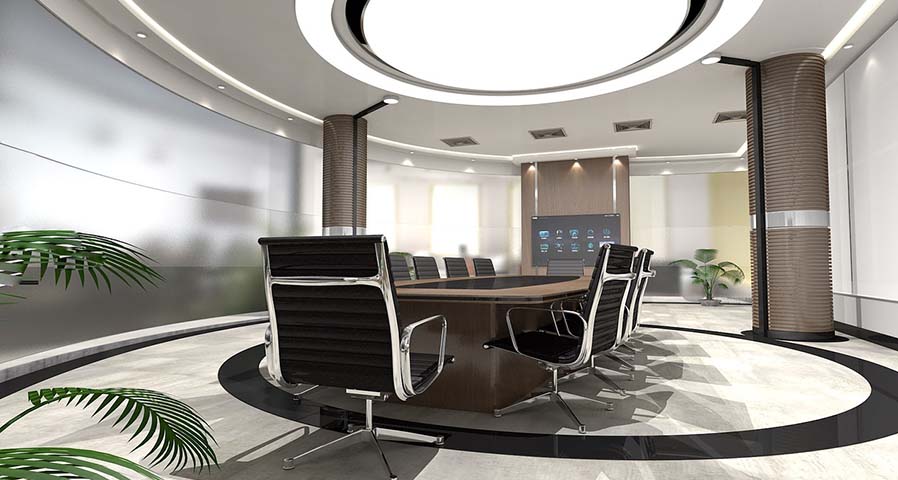
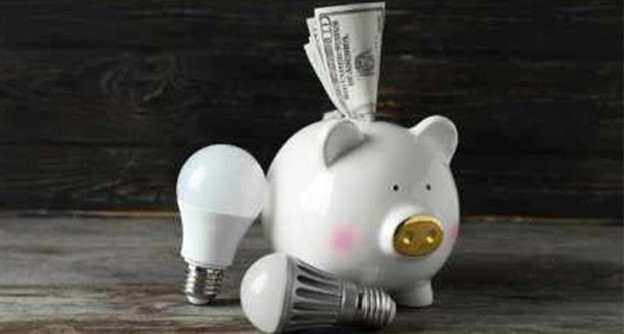
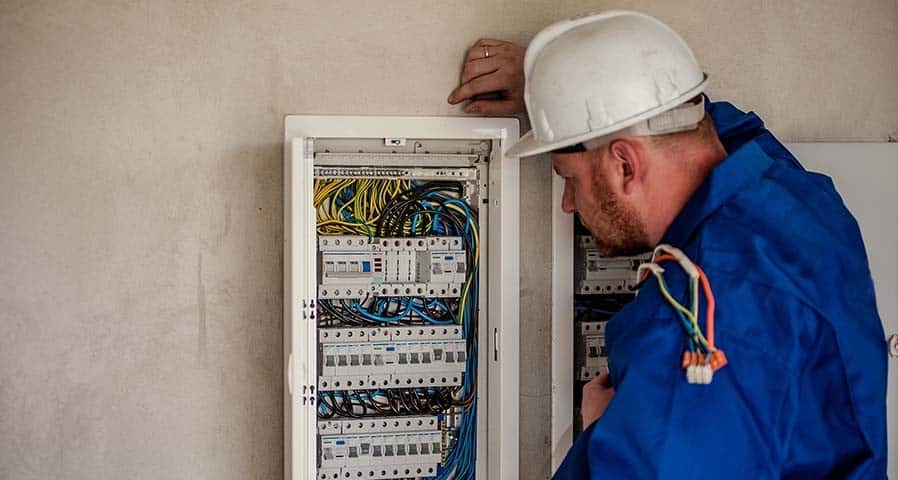
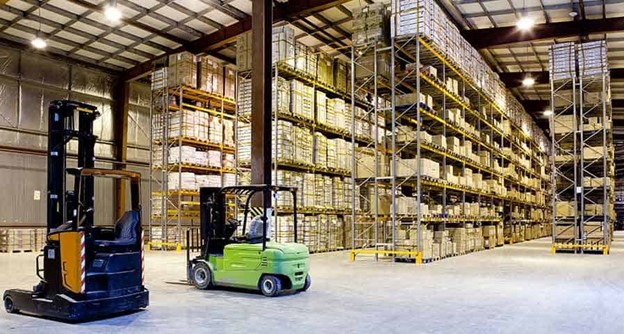
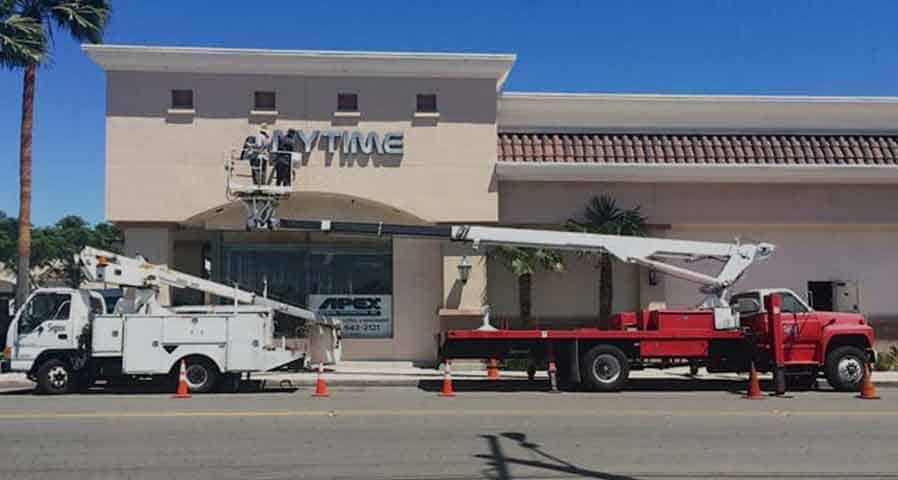

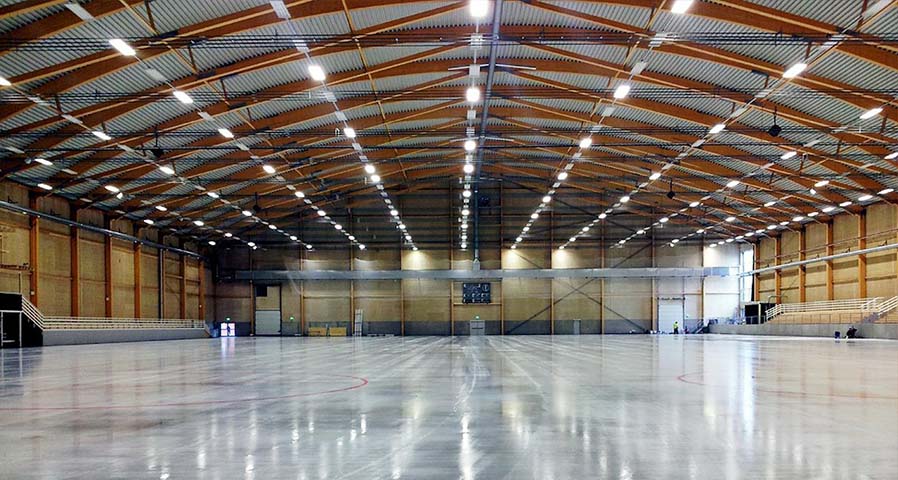








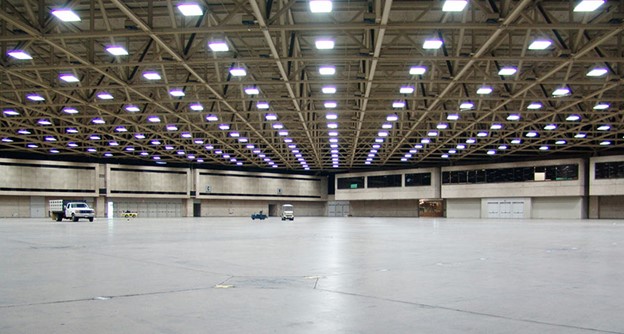
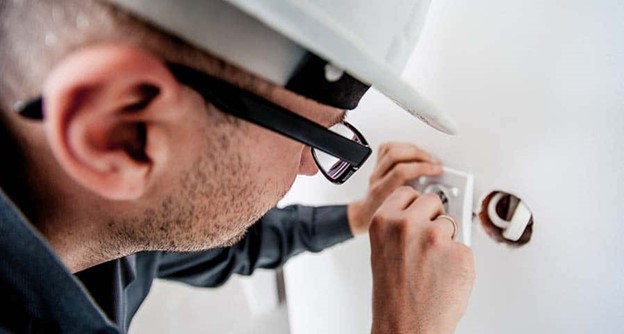
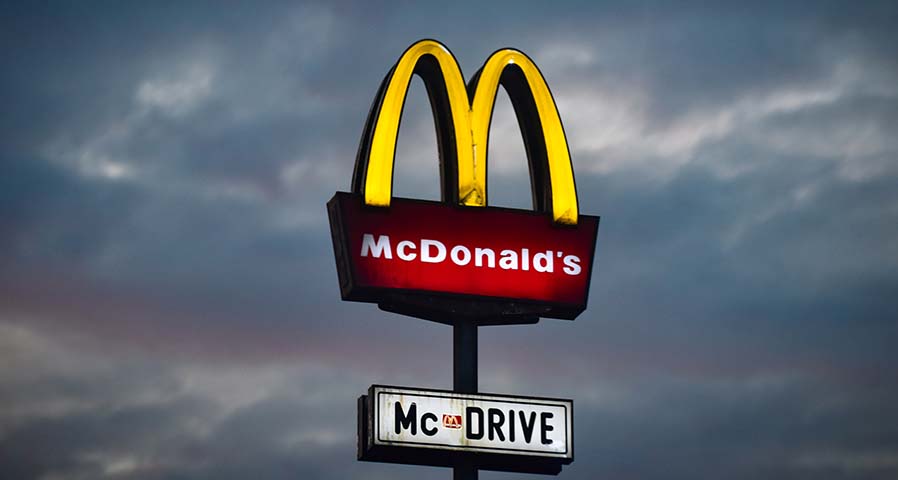
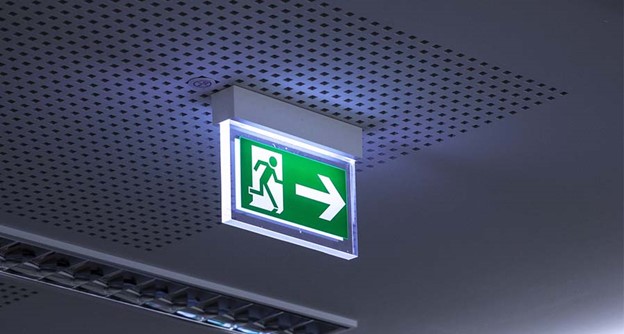
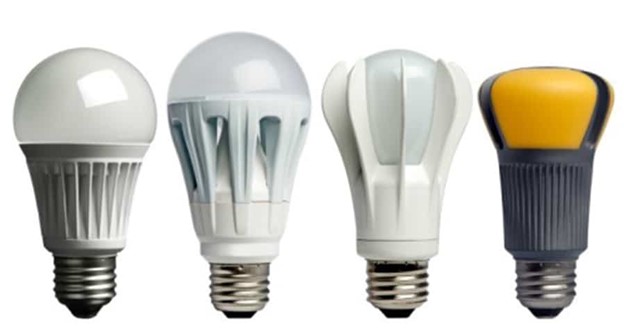
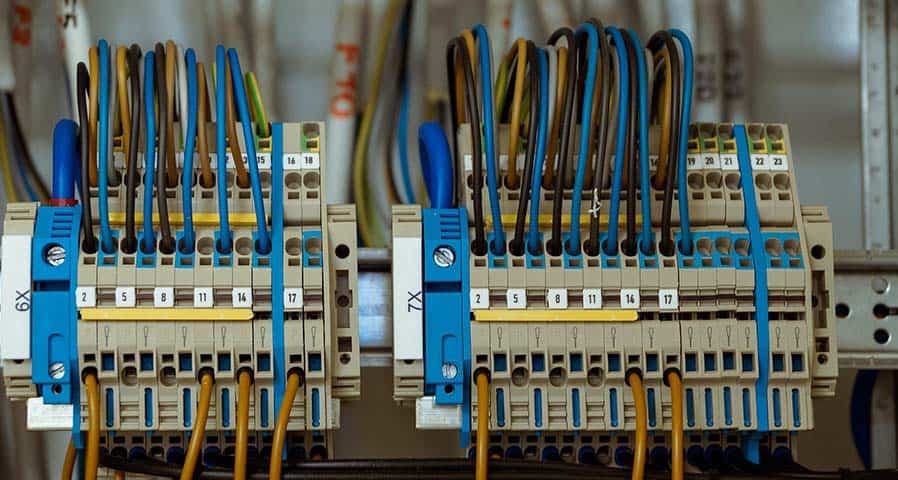
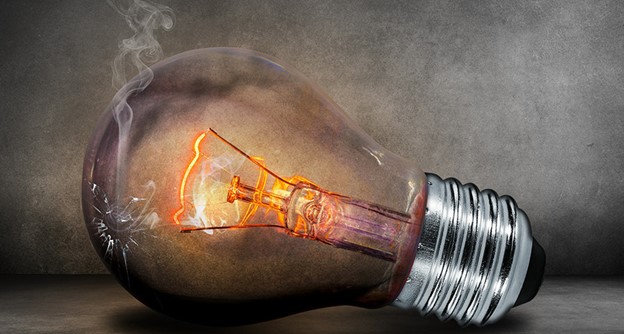
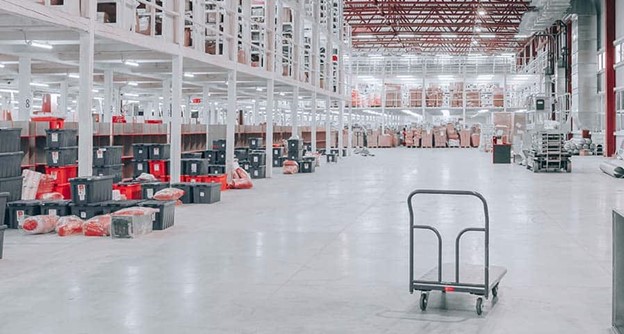

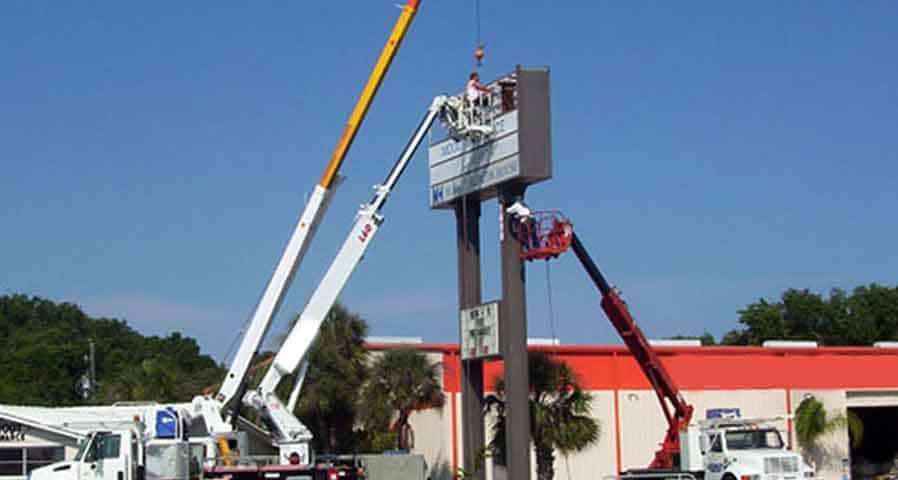

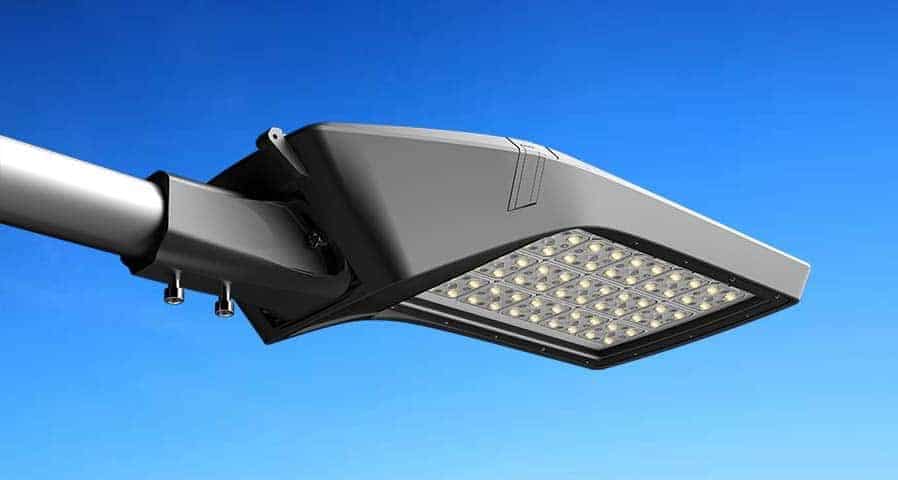

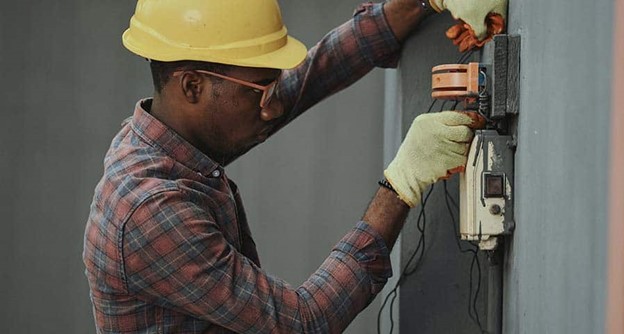
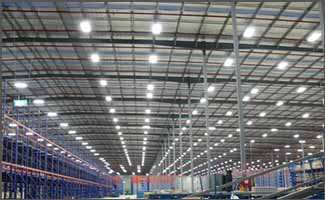
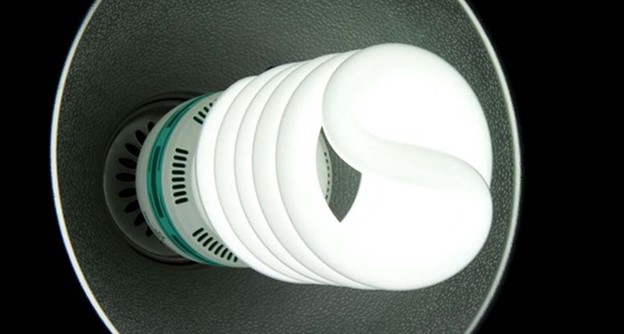




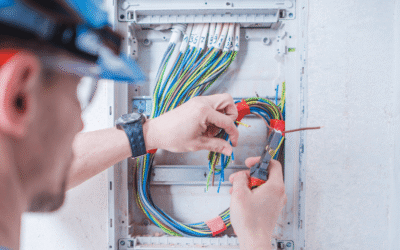



0 Comments